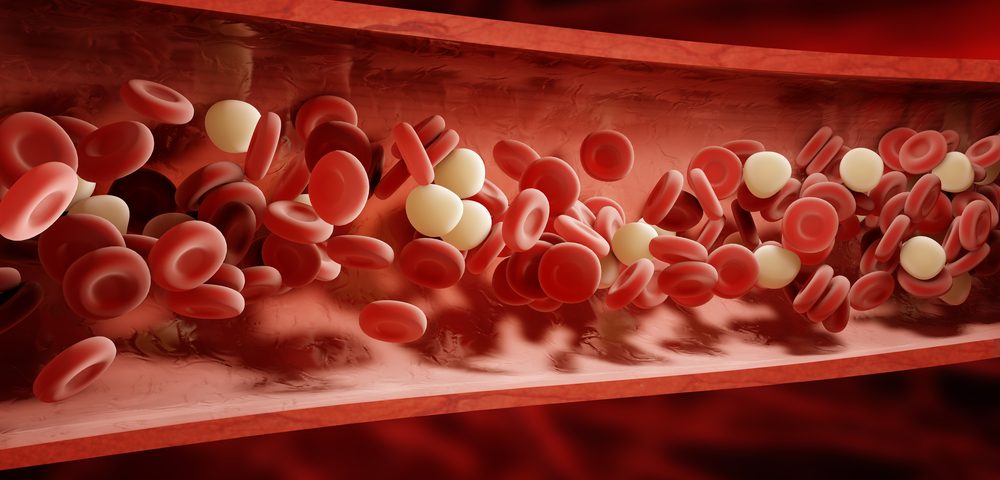Inhibiting the migration of lymphoma cells into lymphoid organs may prevent the cancer from progressing, according to the results of an animal study recently published in the Journal of Leukocyte Biology.
Researchers identified a molecule, called JAM-C, that is expressed in endothelial cells that line blood vessels and B-cells, whose inhibition prevents lymphoma cells from crossing the vessel wall and entering the organs.
The study, “Anti-JAM-C therapy eliminates tumor engraftment in a xenograft model of mantle cell lymphoma,“ was developed by researchers at the University of Geneva (UNIGE) and the Geneva University Hospitals (HUG), in Switzerland, and suggests that JAM-C inhibition may be a potential target for lymphoma therapies.
The endothelial cells that line the interior of all blood vessels form a virtually impermeable barrier that maintains the blood and circulating cells confined inside the vessels. This is possible because cell-cell junctions of adjacent endothelial cells have specific intertwined proteins that tightly hold the cells together. One such protein is JAM-C.
Although it is described as an endothelial adhesion molecule, JAM-C is also expressed in a type of immune cells, called B-cells. Blocking JAM-C in these cells impairs their migration into key lymphoid organs: the bone marrow, lymph nodes, and spleen.
In a previous work, researchers had already seen that malignant lymphoma B-cells also express JAM-C. Given that lymphoma cells originate in a particular lymphoid organ and then spread to other lymphoid organs and tissues, limiting the migration of these malignant cells from the blood to these organs could halt disease progression.
“Since they cannot survive in the blood for long, these malignant cells are compelled to find a more accommodating environment — such as the lymphatic system — where they can proliferate,” Thomas Matthes, a professor at UNIGE, Faculty of Medicine, and doctor at HUG, who supervised the study together with Beat Imhof, a professor at UNIGE, Faculty of Medicine, said in a press release. “We decided to focus on this Achilles heel by containing them in the blood so as to prevent any resulting harm.”
Researchers developed an antibody that specifically targets JAM-C, named H225. By masking JAM-C, H225 impaired lymphoma cells from binding to the endothelial cells and crossing vessel walls.
They found that the antibody worked in two distinct ways. Not only did it decrease the migration of lymphoma cells into lymphatic organs by nearly 50 percent, it also reduced lymphoma cell proliferation, even in tumor cells that were already established in the lymphatic system. In fact, H225 treatment was seen to almost completely eliminate tumor cells in the lymphatic organs of a lymphoma mouse model.
These findings may pave the way for the development of new therapies against lymphoma in patients.


